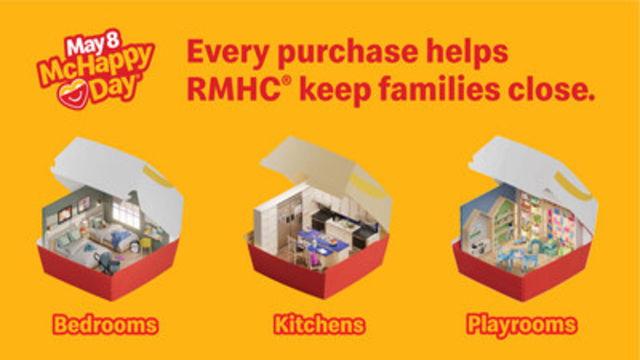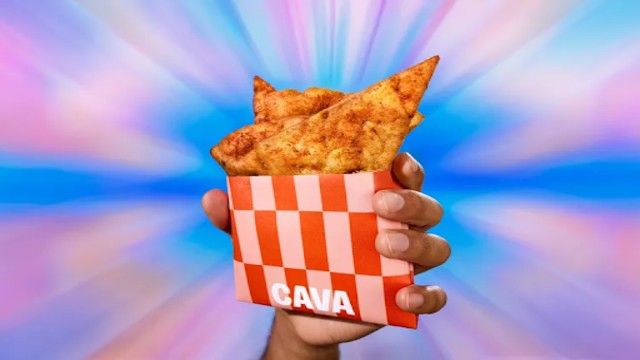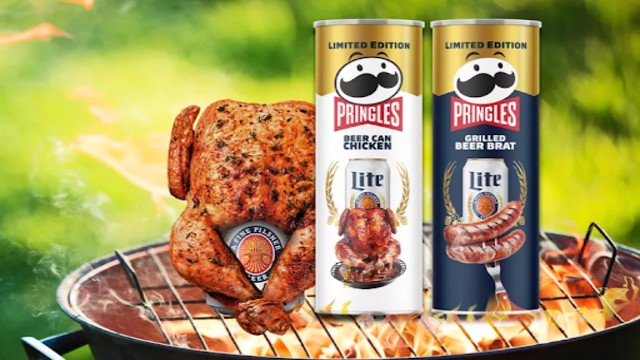
Anticipated to reach US$ 38.03 Billion by 2030, Canada's fast food sector adapts to health concerns, demographic shifts, and changing consumer preferences. (Research and Markets)
The Canadian fast food market is set to witness significant growth, with predictions indicating it will reach a staggering US$ 38.03 Billion by 2030, up from its 2022 valuation of US$ 26.39 Billion. This anticipated expansion is attributed to a steady increase in health consciousness among consumers, resulting in a rising demand for both nutritious and appetizing food options. The market is expected to experience a Compound Annual Growth Rate (CAGR) of 4.67% from 2022 to 2030.
One of the primary drivers of this growth is the heightened awareness of health issues associated with fast food consumption. Research studies have indicated a link between fast food intake and issues such as obesity and other medical concerns. Consequently, health concerns emerge as a significant restraint on the growth of the fast food market in Canada. In response, there is a discernible shift among consumers from traditional fast food to more health-conscious options, particularly in the realm of quick-service restaurants offering a blend of convenience and healthier choices.
The changing demographics of Canada, with a projected population surge of 40 million by 2025, play a pivotal role in driving a 14.5% growth in disposable income. This increase in financial resources is expected to lead to higher spending on diverse and quality food products. A prevailing trend indicates that Canadians are increasingly opting for meals outside their homes, constituting nearly 50% of their household food expenses.
Various fast-food outlets are capitalizing on this trend by providing affordable prices and quick, convenient services, making them a go-to choice for breakfast, lunch, and dinner. The data reveals that 4 in 10 Canadians prefer having breakfast outside their homes, with 34% favoring the convenience of on-the-go breakfast options, particularly among the millennial demographic. Additionally, the introduction of healthier fast food options in recent years has contributed to the overall growth of the Canadian fast food industry.
Burgers and sandwiches are poised to dominate the market share in the Canadian fast food industry. These classic menu items have maintained their popularity due to their convenience, versatility, and customizable options. Fast-food chains are adapting to evolving consumer preferences by introducing a diverse range of burger and sandwich choices, ensuring their continued prominence in the Canadian culinary scene.
The Quick Service Restaurant (QSR) segment leads the Canadian fast food market, known for its swift service and diverse culinary options. QSRs have become an integral part of the Canadian dining experience, catering to the fast-paced lifestyles of consumers. Their efficiency, innovative menus, and adaptability to changing preferences solidify their position as the driving force in the Canadian fast food landscape.
The Chained Consumer Food Service segment is identified as the fastest-growing sector in the Canadian fast food industry. This growth is fueled by factors such as the convenience and reliability associated with well-established chain restaurants. Recognizable brands that offer consistent quality and a wide menu selection have become increasingly attractive to consumers. The pandemic has further accelerated the adoption of digital ordering and delivery services, an area where chain restaurants excel, positioning them as key players in the evolving Canadian fast food industry.
Among the provinces, Ontario stands out with the highest number of fast-food establishments. This prevalence reflects the province's dynamic culinary landscape, catering to diverse tastes and preferences. With a thriving food service industry and a bustling population, Ontario remains a hub for instant and flavorful dining experiences, securing its leading position in the Canadian fast-food panorama.















